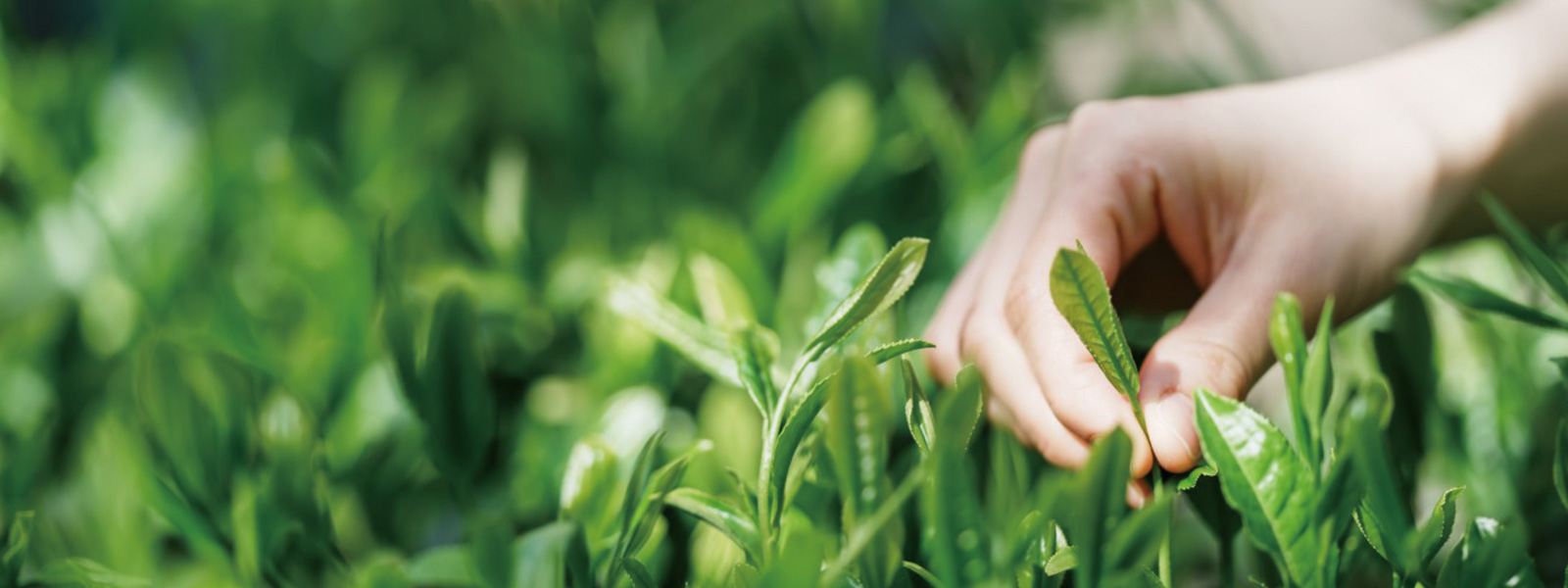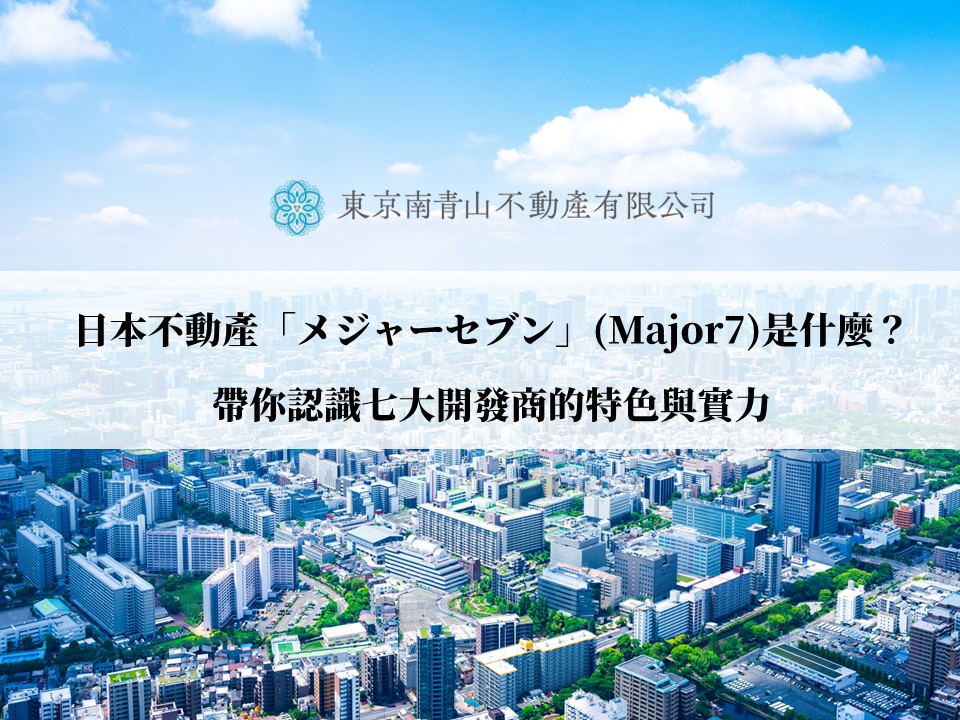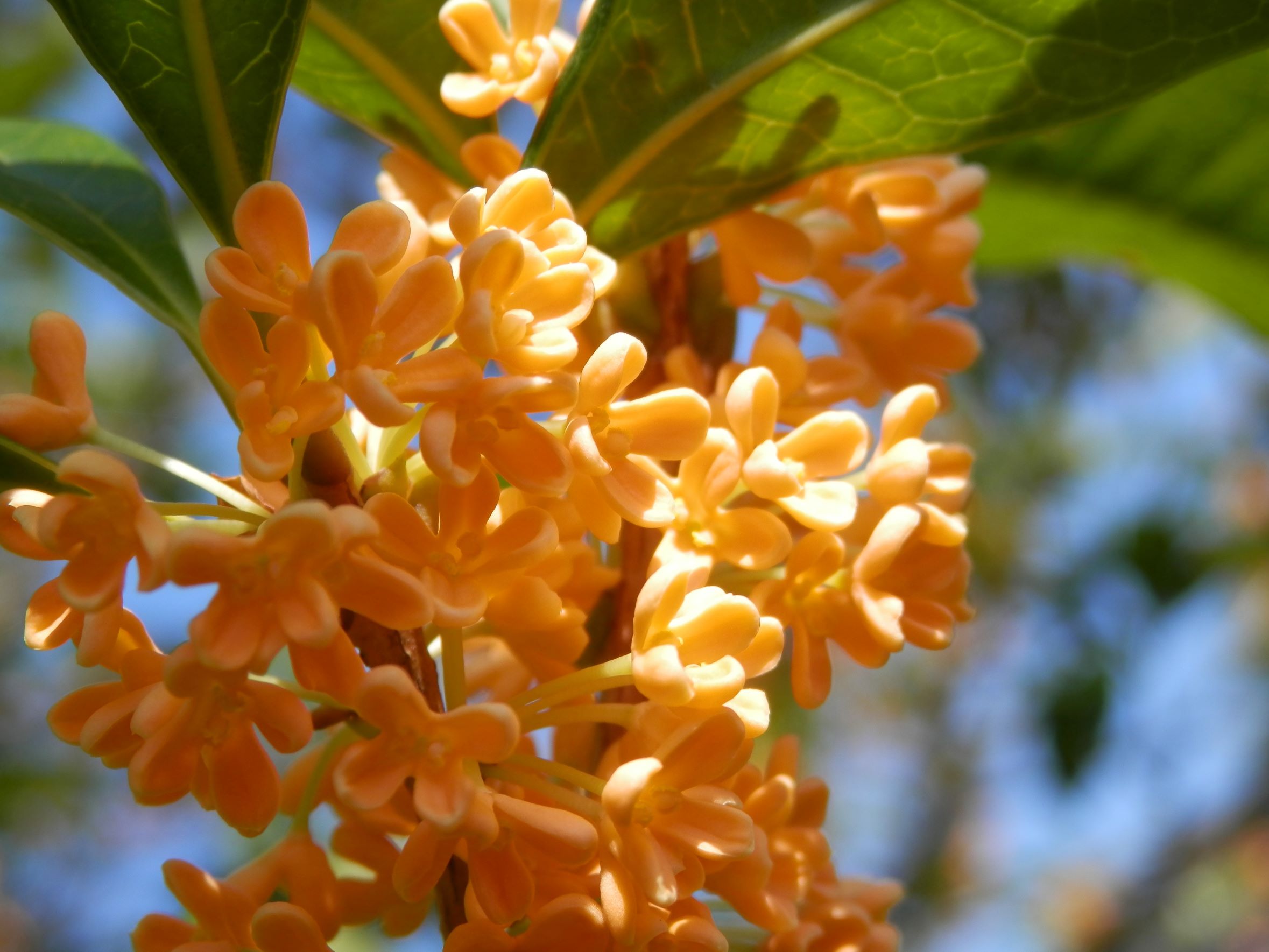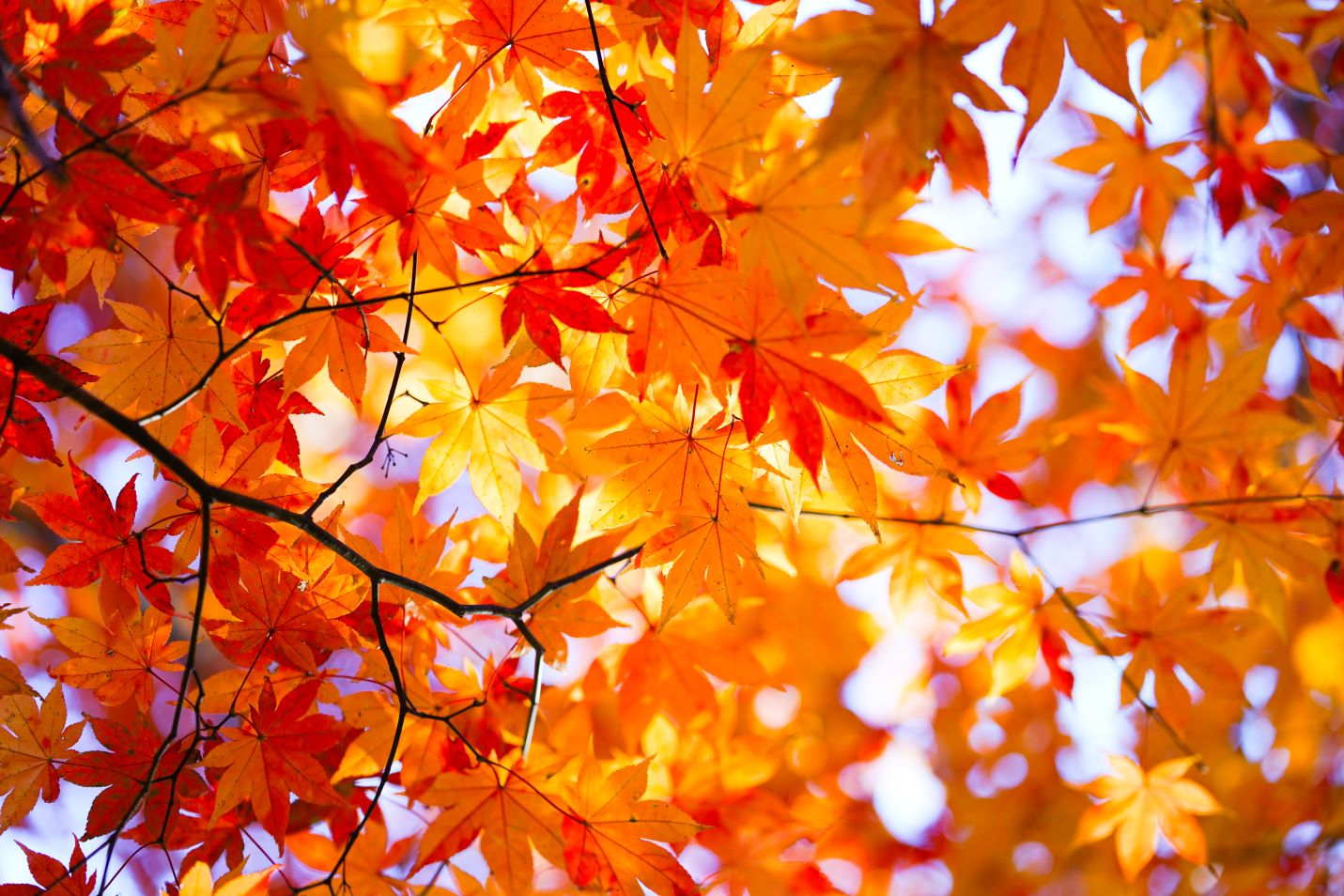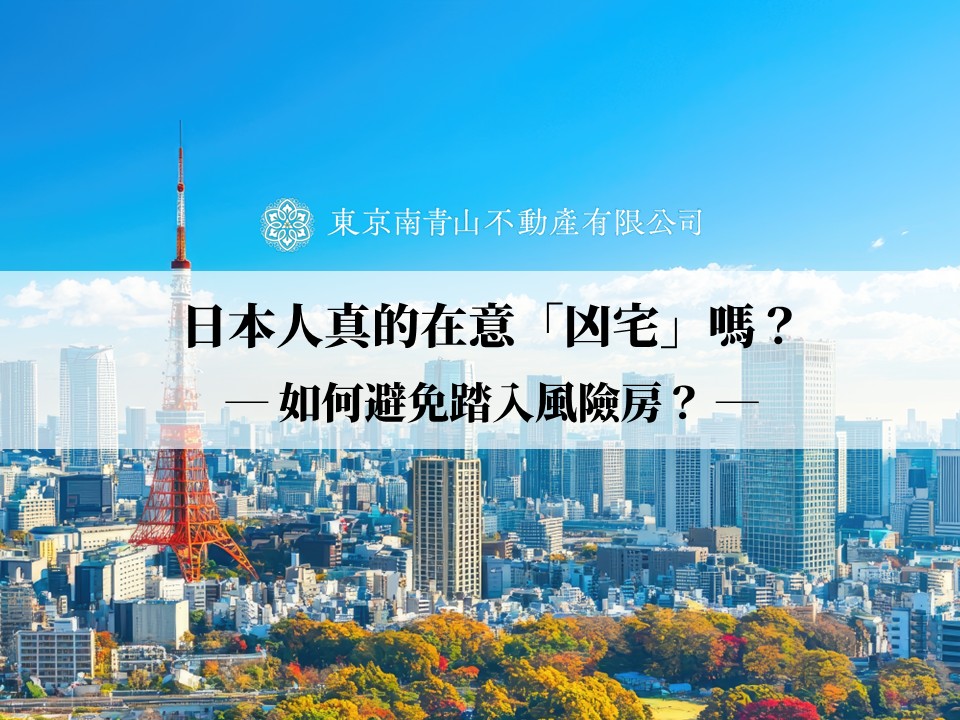Similar to Taiwan, where tea culture is deeply ingrained, tea holds an indispensable place in Japanese society.
Although both Japanese and Taiwanese teas originate from the same tea plant, their processing methods differ significantly. This article aims to explain the distinctions between Japanese and Taiwanese teas.
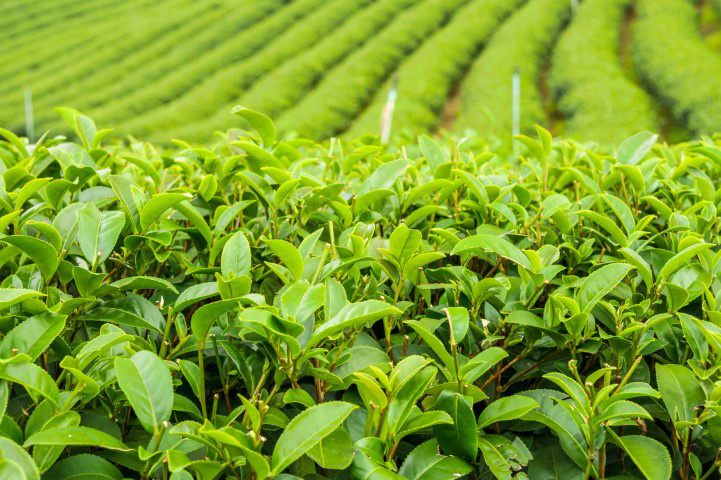
All teas come from the tea plant.
Green tea, oolong tea, and black tea are familiar to Japanese. All these teas come from the tea plant, an evergreen tree of the genus Camellia sinensis in the camellia family. They are divided into three main types: “green tea” (unfermented tea), which is heat-treated immediately after picking the leaves, “oolong tea,” which is partially fermented, and “black tea,” which is fully fermented.
“Japanese tea” typically refers to green tea, which is an essential aspect of Japanese culture. In addition to the most commonly consumed “sencha green tea” and the highest-grade “gyokuro tea,” there are also “kabusecha tea,” “matcha,” “coiled tea,” “stem tea,” “bud tea,” “bancha tea,” “roasted green tea,” and others. Even though they originate from the same tea plant, these teas are classified based on the part of the plant used and the method of production.
“Taiwanese tea” broadly refers to tea produced in Taiwan. Located in the subtropics, Taiwan’s warm climate is suitable for cultivating tea plants, which are grown throughout the region. A variety of teas such as oolong tea, green tea, and black tea are produced. Among them, the most famous is semi-fermented oolong tea, known for its delicious taste and high quality worldwide. Moreover, ‘Dongding Oolong tea,’ ‘Wenshan Paochong tea,’ ‘Muzha Tieh-Kuan-Yin tea,’ and ‘Oriental Beauty tea’ are known as ‘The Four Great Teas of Taiwan.’
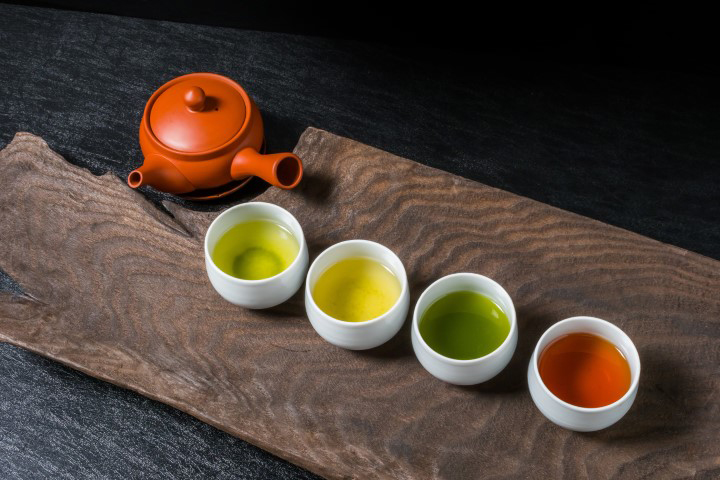
【The Four Great Teas of Taiwan】
Dongding Oolong tea ...... It is a representative tea of Taiwan, produced in the mountainous region of Dongding Mountain. It is known for its greenish-golden light color, floral aroma, and sweet taste.
Wenshen Paochong tea ...... It is an oolong tea from the Wenshen district in northern Taiwan. Named “Paochong” because the tea leaves were traditionally wrapped in paper for sale, it has the lowest degree of fermentation among Taiwanese teas. This gives it a pale green color similar to green tea and a refreshing taste.
Muzha Tieh-Kuan-Yin tea...... It has an aroma reminiscent of dried fruits and nuts, with a deep, rich flavor. It undergoes a slightly higher degree of fermentation, resulting in a brownish light color.
Oriental Beauty tea...... It is made from leaves that have been chewed by insects called “tea leafhopper,” giving it a relatively high degree of fermentation and a flavor akin to black tea. It is characterized by a sweet aroma similar to ripe fruit and honey flavor.
Different manufacturing processes of Japanese Sencha and Taiwanese Oolong tea.
The manufacturing methods of Japanese tea and Taiwanese tea vary depending on the type of tea and the producer. Here, we will introduce the general manufacturing processes of Japanese sencha and Taiwanese oolong tea. In addition to the differences in fermentation, they also employ different manufacturing processes.
【General manufacturing method of Japanese sencha】
1. Tea Harvesting
The timing of harvesting depends on the production area, but generally, tips are plucked from late April to May. The tip and the two leaves below it is called “one-tip two-leaf.” In hand-plucking, soft leaves of “one tip, two to three-leaf” are plucked, while in machine-picking, “one tip, four to five-leaf” are plucked. The finest tea leaves, such as shincha and gyokuro, are made with one-tip two-leaf. The next high-grade tea leaves are made with two leaves, and popular mass-produced teas are made with four to five leaves. Additionally, “bancha” is made by slightly harder tea leaves.
2. Air Blowing and Humidification
The plucked tea leaves will heat up and ferment after being harvested. Therefore, exposing them to a humid wind helps maintain their freshness and prevent quality deterioration.
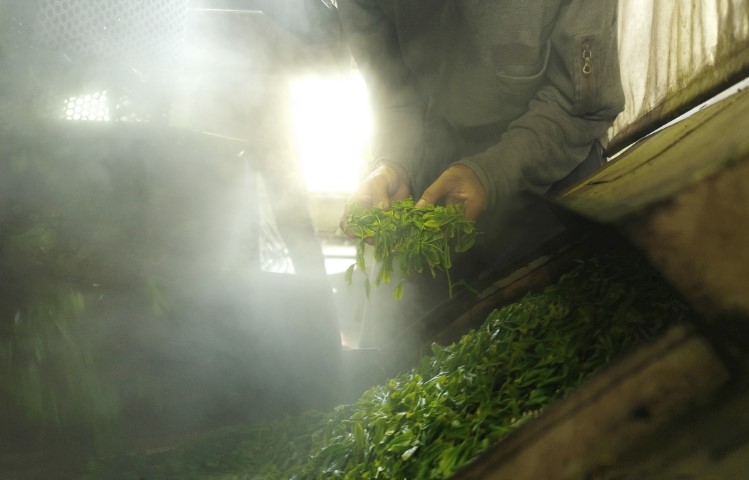
3. Steam Fixation
Steaming the leaves halts the action of oxidative enzymes and removes the grassy odor while preserving the green color of the tea leaves. This process is considered the most important in tea making, as the ‘taste, aroma, and light color’ are determined by the duration of the steaming time.
4. Coarse Rolling
Rolling the tea leaves facilitates the extraction of their delicious components. During this process, moderate pressure is applied to roll the leaves, which are then dried with warm air.
5. Rolling
To balance the moisture content of the leaves and stems, people apply pressure and roll the leaves without heating them during the process.
6. Medium Rolling
Apply pressure to the tea leaves while sending dry warm air and rolling them. As the moisture is rubbed out, the leaves will take on a ‘twist shape.’
7. Fine Rolling
Heat and pressure are applied to the tea leaves to remove internal moisture while simultaneously drying and shaping them. By rolling the leaves in a specific direction, similar to hand-kneading, they are finished into the needle-like shape, a renowned characteristic of sencha.
8. Drying
Tea leaves are dried with warm air to reduce their moisture content to about 5-6%. This allows for long-term storage, and this state is called ‘aracha.’
【General manufacturing method of Taiwanese oolong tea】
1. Tea Harvesting
Taiwanese people believe that newly born tips taste more bitter, so they usually wait for the tips to sprout as much as possible before harvesting, which is different from Japan.
2. Sun Withering
Dry the leaves in sunny weather to make them wither. When the weather is cloudy, people substitute by putting the leaves into a withering tank and applying warm air. It is said that the quality is better when the leaves are dried in the sun.
3. Indoor Withering
The tea leaves, which have risen in temperature due to sun withering, are placed on a shelf in the room to cool down.
4. Tea Leaf Tossing
To promote fermentation, the tea leaves are placed in a bamboo basket and rotated, causing small scratches around the leaves.
5. Fixation
Once the fermentation time is reached, the tea leaves are roasted in a kettle to stop the activity of oxidative enzymes.
6. Rolling
Similar to Japanese tea, the tea leaves are put into a rolling machine and rubbed. This process equalizes the moisture of the tea leaves and makes it easier to extract their components.
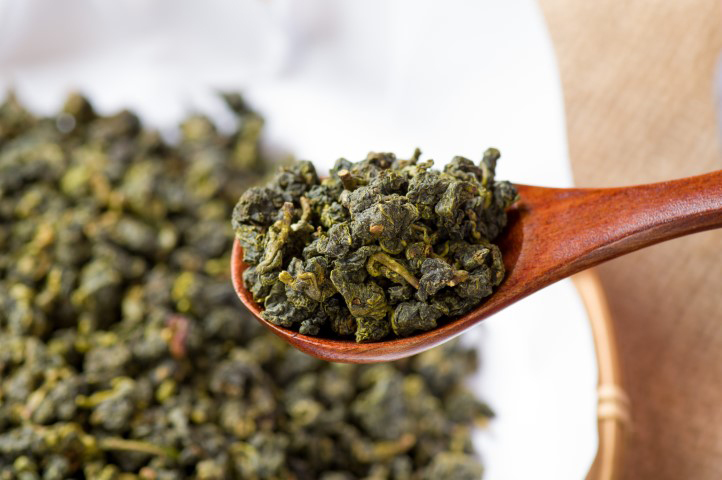
7. Cloth Rolling
Wrap the tea leaves in cloth, twist tightly, and roll them to make the leaves more compact and shape them.
8. Drying
Loosen the tightly packed chunks of tea leaves and dry them slowly to prevent the leaves from returning to their original shape. Repeat steps 7 and 8 about 20 to 30 times. Finally, it will turn out to be ‘Aracha.’
Summary
For both Japanese and Taiwanese tea, ‘Aracha’ is usually shipped to tea wholesalers or other vendors, where they sort and shape the tea leaves to make them suitable for sale according to the specific requirements of each type of tea.
In Taiwan, there is a tradition of ‘smelling the aroma’ of tea, and people often use specialized tea utensils such as snifters to enjoy it. On the other hand, many people at home simply use a cup with a tea strainer to brew their tea.
The brewing method for each type of tea varies, including the amount of tea leaves used and the water temperature. Therefore, it is recommended to follow the brewing instructions provided on the package to fully enjoy the flavor of the tea.


